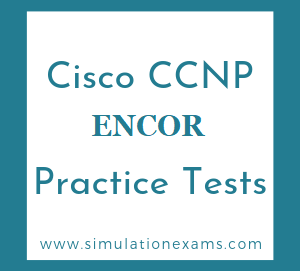The Dynamic Multipoint VPN (DMVPN) feature allows users to better scale large and small IPSec VPNs by combining generic routing encapsulation (GRE) tunnels, IPSec encryption, and Next Hop Resolution Protocol (NHRP) to provide users with easy configuration through crypto profiles, which override the requirement for defining static crypto maps, and dynamic discovery of tunnel endpoints.
Some of the popular DMPVPN models are:
Some of the benefits of DMVPN are:
EVN is an IP-based virtualization technology that provides end-to-end virtualization over Layer-3 networks. Network virtualization can be used to secure a network and to reduce network expenses by utilizing the same network infrastructure for multiple virtual networks. It provides a pure IP alternative to MPLS in enterprise networks for up to 32 VNs.
The following are the advantages of EVNs(Easy Virtual Networks):
The following are the important features of Easy Virtual Networks (EVN):
1. It is an IP-based virtualization technology that provides end-to-end virtualization of two or more Layer-3 networks.
2. It provides separate virtual networks whose traffic paths remain isolated from each other.
3. EVN supports IPv4, static routes, Open Shortest Path First version 2 (OSPFv2), and Enhanced Interior Gateway Routing Protocol (EIGRP) for unicast routing, and Protocol Independent Multicast (PIM) and Multicast Source Discovery Protocol (MSDP) for IPv4 Multicast routing.
4. EVN also supports Cisco Express Forwarding (CEF) and Simple Network Management Protocol (SNMP).
5. You must have a functioning campus design in place before adding virtualization to a network.
6. EVN uses virtual routing and forwarding (VRF) instances to maintain traffic separation across the network.
7. Each EVN runs a separate instance of a routing protocol
8. Routing Protocols Supported by EVN(Easy Virtual Network): Each EVN runs a separate instance of a routing protocol. Different virtual networks may run different routing protocols concurrently.
9. EVN supports static routes, OSPFv2, and EIGRP for unicast routing, and PIM, MSDP, and IGMP for multicast routing.

